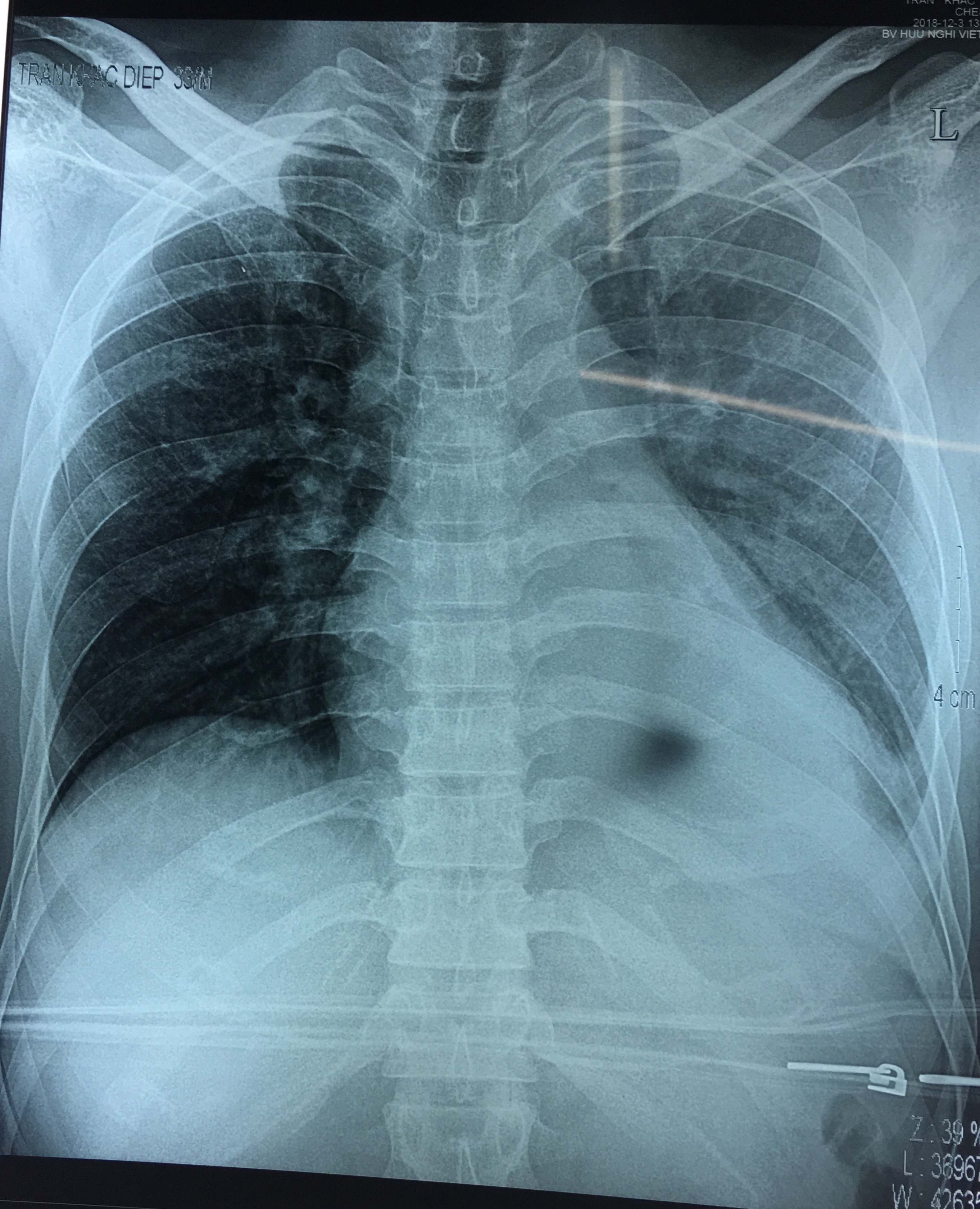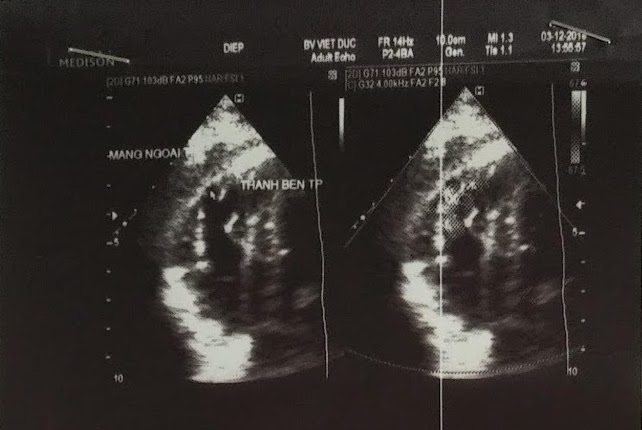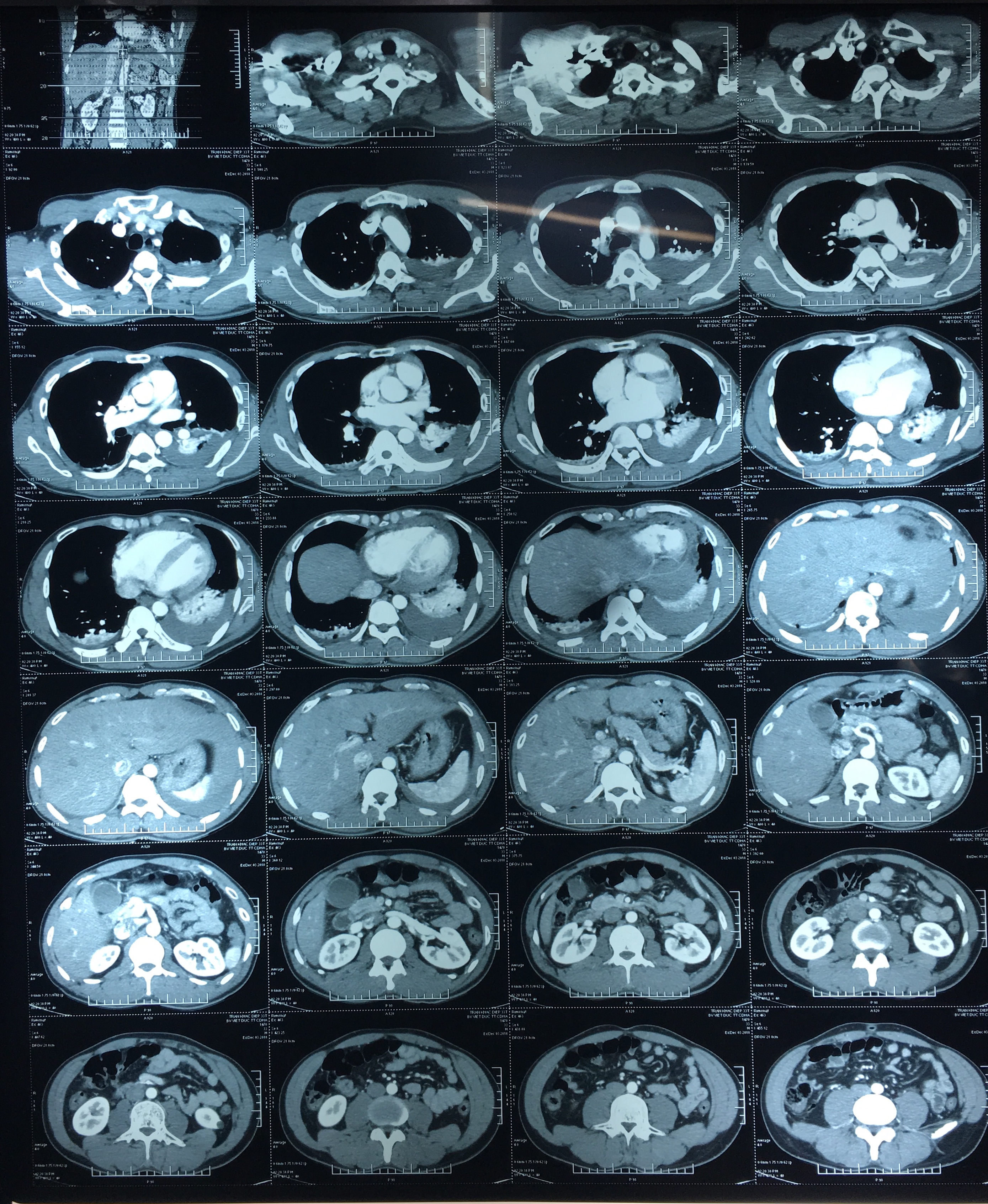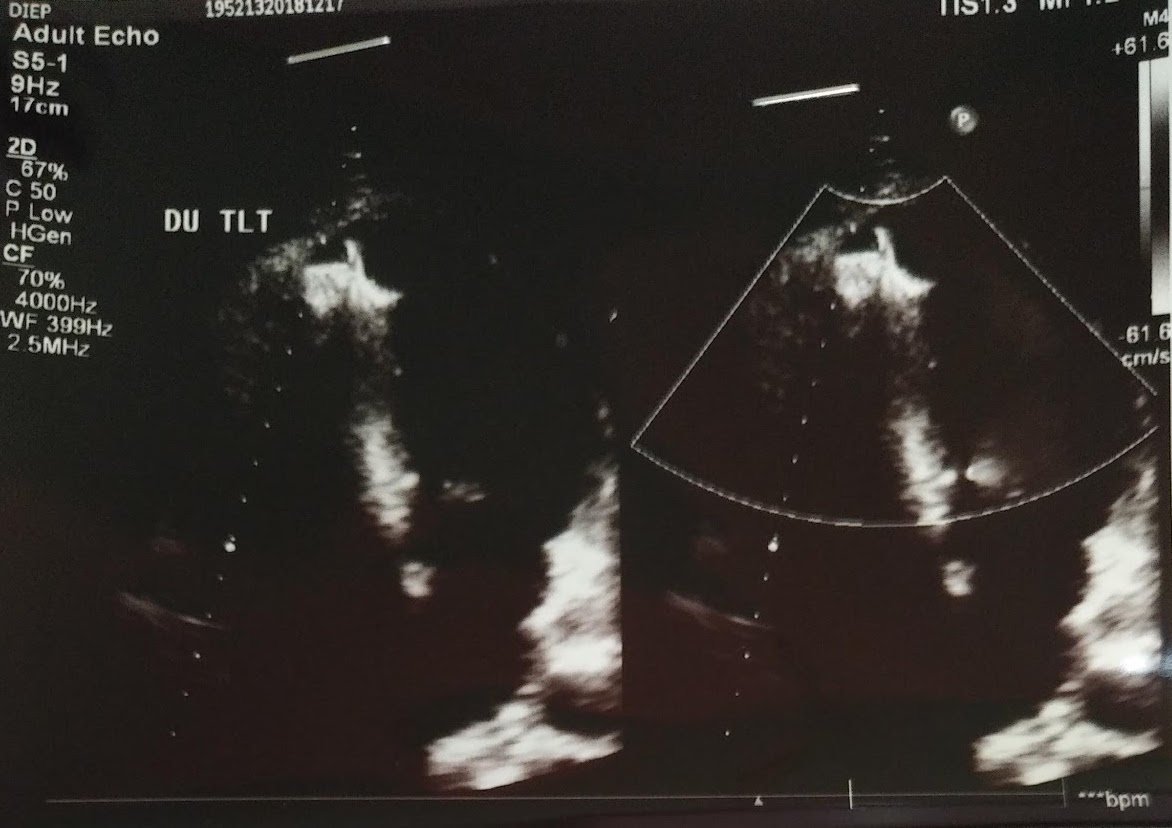Lots of interesting abstracts and cases were submitted for TCTAP & AP VALVES 2020 Virtual. Below are accepted ones after thoroughly reviewed by our official reviewers. Don¡¯t miss the opportunity to explore your knowledge and interact with authors as well as virtual participants by sharing your opinion!
* The E-Science Station is well-optimized for PC.
We highly recommend you use a desktop computer or laptop to browse E-posters.
CASE20191001_002
| STRUCTURAL HEART DISEASE - Congenital Heart Disease (ASD, PDA, PFO, VSD) | |
| Percutaneous Closure of Post-Traumatic Ventricular Septal Defects by PDA Device | |
| Tung Son Nguyen1 | |
| Viet Duc Hospital, Vietnam1, | |
|
[Clinical Information]
- Patient initials or identifier number:
T.K.D
-Relevant clinical history and physical exam:
• Male patient, 33 years old.History: Normal. A stab wound in the left anterior chest presented with knives lodged in the 7thleft intercostal spacethat moved with the heartbeat.Examination: Awake but restless and in severe chest pain, with cardiac tamponade, dyspnea, hypotension, and elevated central venous pressure.
 -Relevant test results prior to catheterization:
• X-rays: Left pleural effusion, enlargement of cardiac shadow (The cardiothoracic ratio (CTR) 55%).Echo(before OR): Pericardia effusion, cardiac tamponade, perforation of Right ventricle. No VSD.Ms-CT: Left pleural effusion, pericardia effusion.
   - Relevant catheterization findings:
- A large muscular VSD near the apex (8mm). |
|
|
[Interventional Management]
- Procedural step:
• Vessels accesses : Femoral artery and vein (Right side) – A = 6Fr, V = 5Fr.
 - Case Summary:
• Percutaneous closure of a post-traumatic VSD using a PDA Occluder device is feasible, safe and effective.
|
|